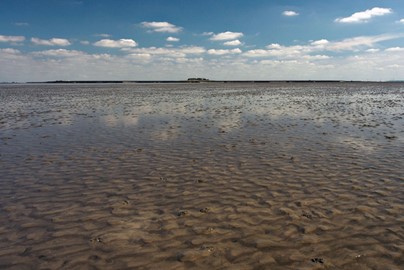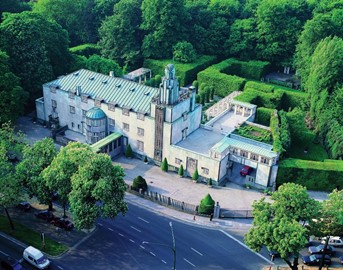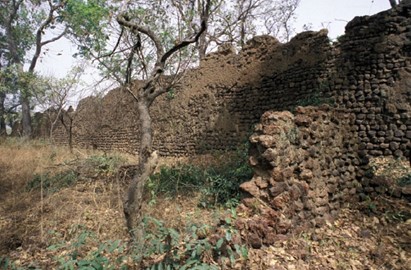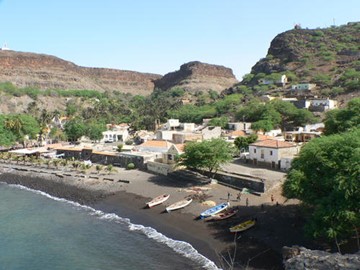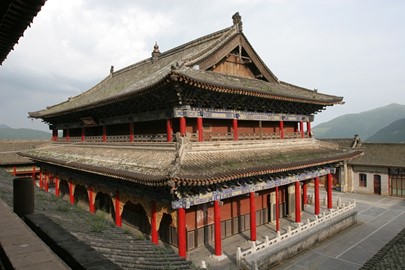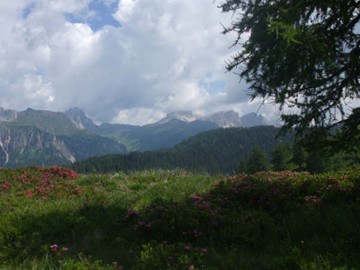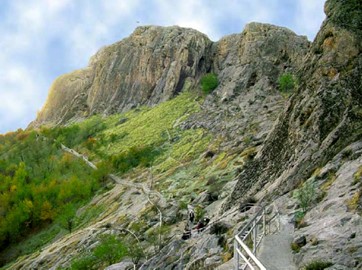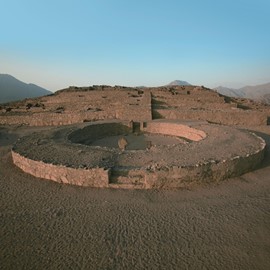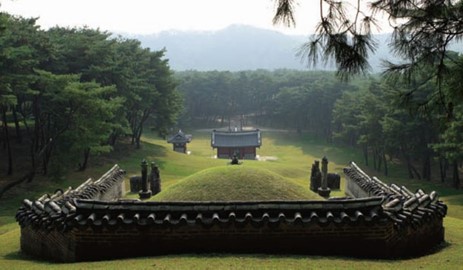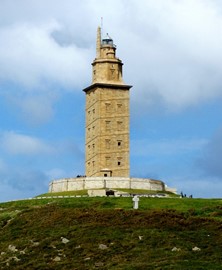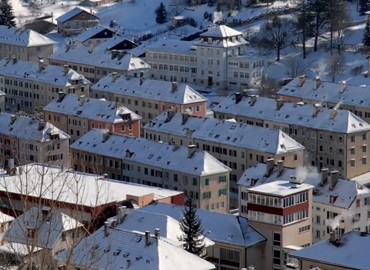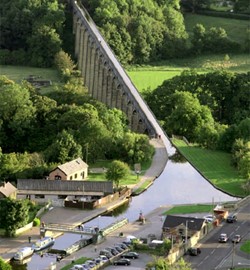year :: 2009
Wadden Sea
The Wadden Sea, a UNESCO World Heritage site in Denmark, Germany, and the Netherlands, recognized in 2009 with expansions in 2011 and 2014, is Europe’s largest tidal flat system, stretching along the North Sea coast. Its dynamic mudflats, sandbanks, and salt marshes support millions of migratory birds and marine life, reflecting a globally unique coastal ecosystem. This transnational site showcases the region’s natural heritage, preserved through cooperative efforts, highlighting the interplay of tides and ... Read More
Stoclet House
The Plantin-Moretus House, a UNESCO World Heritage site in Belgium, is a preserved 16th-century printing workshop and family home, celebrated as the world’s first museum of its kind. Established by Christophe Plantin and continued by the Moretus family, it houses historic printing presses, rare books, and archives, showcasing the dawn of modern publishing. Recognized by UNESCO in 2005, it offers a unique glimpse into Renaissance and Baroque intellectual life. The site remains a treasure of Belgium’s cultura... Read More
Loropéni
Loropéni, a UNESCO World Heritage site in Burkina Faso, is a medieval archaeological marvel featuring the ruins of a fortified settlement with towering stone walls. Dating back over 1,000 years, it thrived between the 14th and 17th centuries as a hub of the trans-Saharan gold trade, occupied by the Lohron or Koulango peoples. Recognized as the country’s first UNESCO site in 2009, it stands as the best-preserved of several regional fortresses, offering a glimpse into West Africa’s precolonial history and arc... Read More
Cidade Velha
Cidade Velha, a UNESCO World Heritage site in Cabo Verde, is a historic coastal town established in the late 15th century as one of the first European colonial outposts in the tropics. Known as the birthplace of Cape Verdean culture, it features well-preserved remnants like the Royal Fortress of São Filipe, colonial churches, and a pillory, reflecting its role in the transatlantic slave trade and Portuguese maritime expansion. Recognized for its cultural and historical significance, it offers a window into ... Read More
Mount Wutai
With its five flat peaks, Mount Wutai, a UNESCO World Heritage site in China, is a revered Buddhist mountain known for its five flat peaks and ancient monasteries. A spiritual center since the 1st century, it houses ornate temples with intricate statues and relics, set against a backdrop of rugged landscapes. This sacred site draws pilgrims and visitors seeking its profound cultural and natural harmony.
Shushtar
The Shushtar Historical Hydraulic System, a UNESCO World Heritage site in Iran, is an ancient engineering marvel featuring a network of canals, tunnels, and watermills. Built during the Sassanid era, this intricate system diverts river water to irrigate agricultural lands and power mills, showcasing exceptional ingenuity. Its well-preserved structures, including bridges and waterfalls, highlight its historical and technical significance as a testament to Persian hydraulic expertise.
Dolomites
The Dolomites, a UNESCO World Heritage site in Italy, are renowned for their dramatic limestone peaks and striking geological formations. This mountain range features a unique blend of rugged cliffs, deep valleys, and vibrant alpine meadows, shaped by millions of years of natural processes. Celebrated for their scenic beauty and scientific value, they offer a stunning testament to Earth's history and biodiversity.
Sulaiman Too
Sulaiman-Too, a UNESCO World Heritage site in Kyrgyzstan, is a striking limestone mountain revered for its historical and cultural importance. Rising prominently, it features ancient petroglyphs, caves, and shrines that trace centuries of human activity and spiritual traditions. Recognized for its role as a landmark for travelers and its well-preserved archaeological sites, it offers a unique glimpse into the region’s past.
Caral Supe
Caral-Supe, a World Heritage site in Peru, is recognized as one of the oldest civilizations in the Americas, dating back to around 2600 BCE. This archaeological site features monumental architecture, including pyramids, plazas, and residential complexes, showcasing advanced urban planning and social organization. Its significance lies in its well-preserved state, offering insights into early Andean culture, agriculture, and trade practices. Caral-Supe stands as a testament to the ingenuity of its ancient in... Read More
Royal Tombs of the Joseon
The Royal Tombs of the Joseon Dynasty, a UNESCO World Heritage site in Korea, are a collection of mausoleums built between the 15th and 20th centuries to honor the Joseon rulers and their families. These tombs exemplify traditional Confucian burial practices, featuring carefully designed layouts with stone statues, ceremonial pavilions, and natural landscapes that reflect harmony between architecture and nature. Recognized for their historical and cultural significance, they offer insight into the dynasty’s... Read More
Tower of Hercules
The Tower of Hercules is an ancient Roman lighthouse and UNESCO World Heritage site, recognized for its historical and architectural significance. Built in the 1st century AD, it stands as the oldest functioning lighthouse in the world, originally constructed to guide ships along the Atlantic coast. Its robust stone structure, later renovated in the 18th century, blends Roman engineering with neoclassical design, symbolizing centuries of maritime heritage. Today, it serves as both a navigational aid and a c... Read More
La Chaux de Fonds and Le Locle
La Chaux-de-Fonds and Le Locle, located in Switzerland, form a UNESCO World Heritage site renowned for their unique urban planning and watchmaking heritage. These towns exemplify a harmonious blend of residential and industrial spaces, designed in the 19th century to support the burgeoning watch industry. Their grid-like layouts, with wide streets and neoclassical buildings, reflect an innovative approach to town planning tailored to the needs of skilled artisans. Today, they stand as living testimonies to ... Read More
Pontcysyllte Aqueduct and Canal
The Pontcysyllte Aqueduct and Canal, a UNESCO World Heritage site in the UK, is an impressive feat of 18th-century engineering designed by Thomas Telford. This 11-mile-long canal features the iconic Pontcysyllte Aqueduct, a 126-foot-high cast iron and stone structure that carries the waterway over a river valley, making it the tallest navigable aqueduct in the world. Recognized for its historical and architectural significance, the site exemplifies the ingenuity of the Industrial Revolution and attracts vis... Read More
